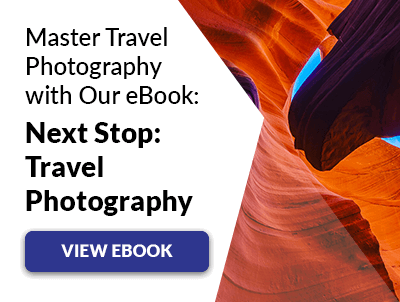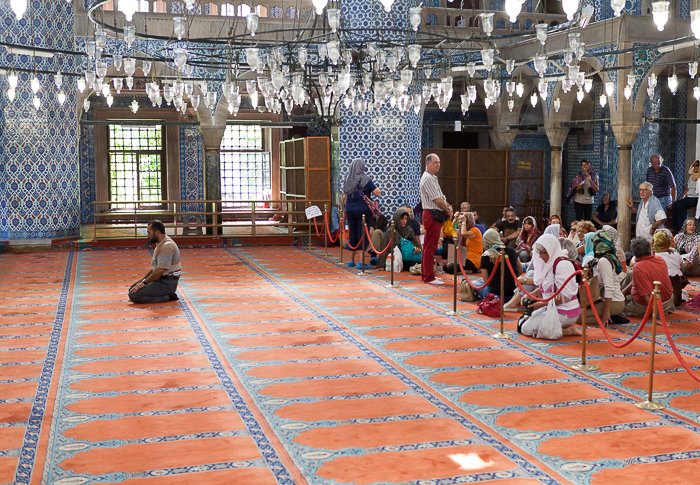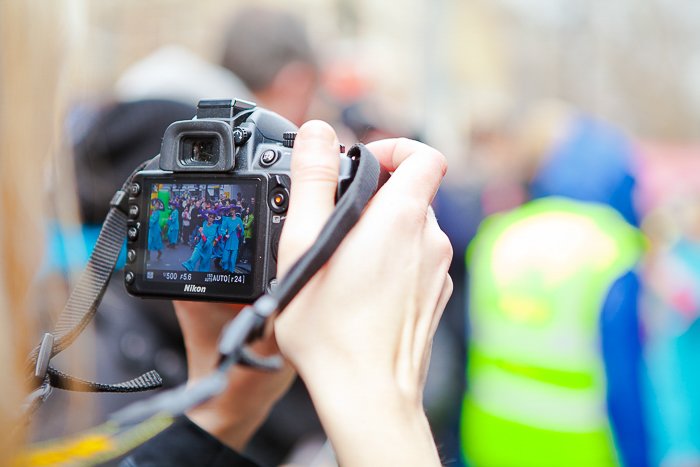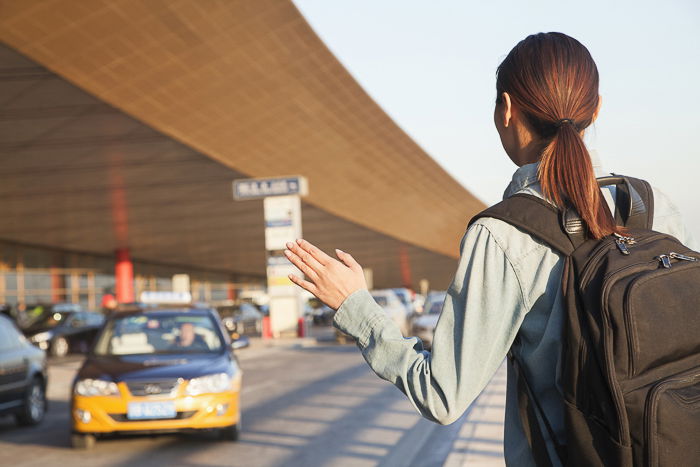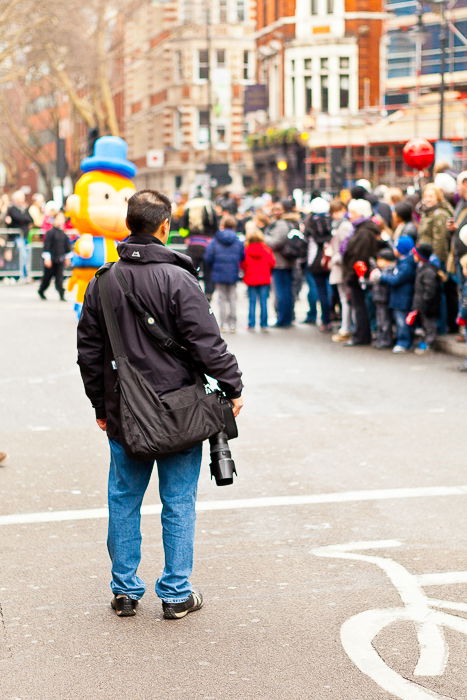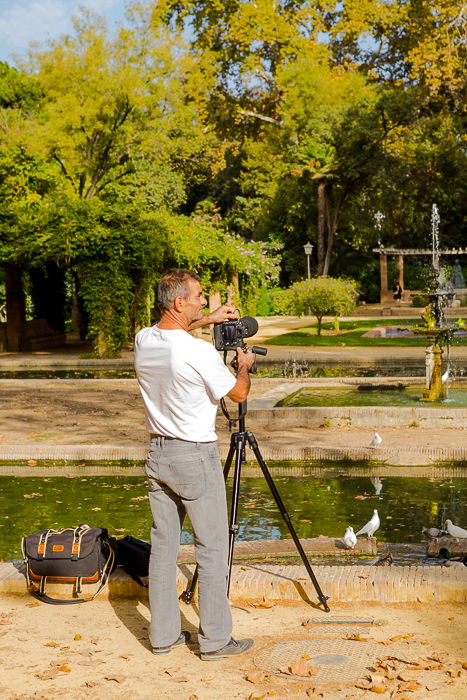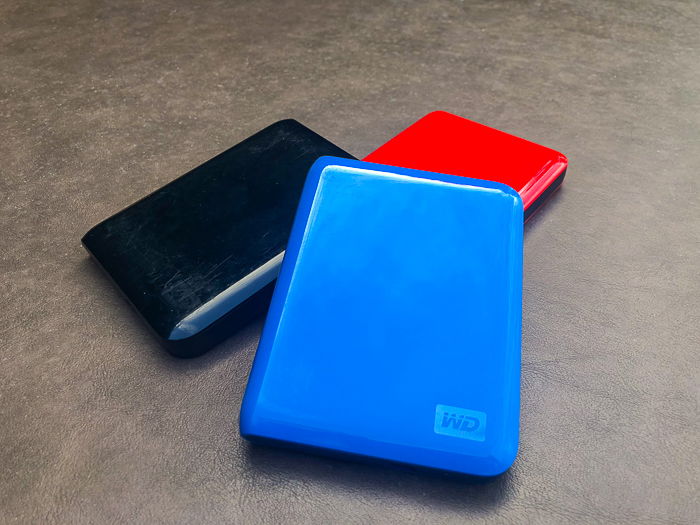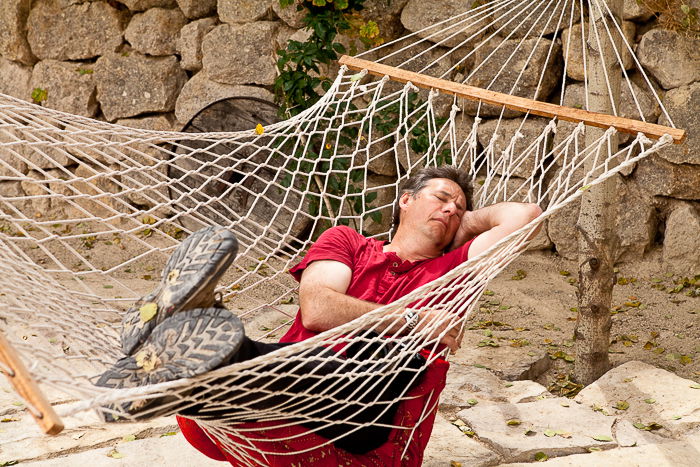12. Research for a Better Understanding of Common Camera Safety Scams/Risks
The first thing that you should do before any trip is thorough research. Not only on what you should see and do but also on potential dangers and annoyances. For example, wherever you are in the world, in any big city, there will always be areas that are best avoided. Make sure you know what these areas are and do not go into them. Try to get to know the most common scams in your destination and how to best avoid them. Use photography and travel groups, or get in touch with photographers you know have been there before. You should also keep a watch on foreign affairs and any travel warnings for a destination. Remember that no photo is worth risking your life over. Even if you are heading into the wilderness you should still do some research into that destination. Are there wildlife that you need to be aware of? Is the weather a potential danger (such as on mountains)? Or do you know tide times if you are photographing near the sea? Don’t leave anything to chance as it could put you in serious danger.
11. Respect Local Customs to Avoid Conflicts
The one thing that you should always respect as a photographer is local customs. Things that may not offend you or even cross your mind can be rude or even offensive in other cultures. This can, in turn, escalate into confrontation or worse. Needless to say that you should also respect local photography rules. Photographing people in religious building whilst they are preying might not be allowed. Or in some cultures women do not want to be photographed. Respect these customs and you’ll avoid unnecessary confrontation.
10. Have a Plan B
As a photographer, you should always head to any destination with a detailed shot list. Use this as a starting point to create a plan for your journey. From the moment you leave the airport to the moment you come back, you are a potential target. If you are heading somewhere for the first time book your first couple of nights of hotel in advance. This will mean you are not wandering around town with your luggage. Consider organizing an airport transfer in advance instead of public transportation. The key is to have a plan so that you are not wandering around aimlessly, especially when you first arrive. So print out clear directions for places you need to get to, how long it will take you and the best route. Make a list of important telephone numbers . Include the local embassy and emergency services. It’s also worth giving an itinerary of your trip to family members and update them if things change. This is especially important if you are heading into the wilderness.
9. Why You Need Camera Insurance
It doesn’t matter how careful or well planned your trip is, accidents happen. So it is vital that you have adequate insurance to cover your equipment and yourself on any trip. Having a camera stolen will be frustrating and traumatic. What makes it worst is knowing that you won’t be able to replace the few thousand dollars that you spent on it. Your photography insurance should cover the cost of your equipment in the event of loss, damage and theft. Keep a note of your excess charge when taking out insurance. It might be worth paying a little bit more to reduce this cost. Also check these other things. Whether your equipment is also covered if damaged in transit, or if stolen from a car, hotel room and so on. You should also have adequate insurance to cover your public liability. This is in case you cause an injury to a member of the public. Don’t choose the cheapest option, choose one that will offer you the best cover.
8. Take Your Gear Onboard
Unless you have to, you should always carry your photography gear onboard with you. This keeps it safe from damage. But it also means there is less chance of someone stealing something from it. Make sure you choose a camera bag that is approved for carry-on and will fit in the overhead compartments. You will usually need to put your tripod into the hold as airlines will not allow you to take it on-board. So put it in your suitcase and surround it with clothes to keep it safe. If you have no other choice but to check-in your camera equipment, choose a sturdy lockable hard case. It’s easy to force zips open on suitcases and don’t rely on padlocks which can be cut easily.
7. Keep Your Valuables With You
Once you have landed and are on your way to your accommodation, always try to keep your valuables with you. Even if you are in a private licenced taxi, avoid putting your camera bag and valuables in the boot. Depending on where you are in the world it isn’t uncommon for people to hide in the boot of cars or buses. They can steal your belongings whilst you are unaware.
6. Use Your Safe
Whilst you should keep your valuables with you on the way to your hotel, you should avoid carrying them around unnecessarily. So if your hotel room has a safe, use it. But before you place everything in it; test that it works and you can get it open. This isn’t a guarantee that your valuables will be safe. But it will make it more difficult for someone to steal them. Your hotel will also be a factor in keeping your valuables safe. The better and more reputable it is, the less likely someone will break in. Use your own judgement on the safety of your valuables in your hotel room. Whatever you do don’t carry all your valuables and camera gear around with you. Only take what you need and the amount of cash that you will need for the period that you will be outside. If you are out in the wild and plan to camp, take your valuables with you and don’t leave them in your car. If you have to leave anything valuable, make sure it is well hidden.
5. Know Your Surroundings
OK, so you are ready to head out for the first time. If you are new to this and depending on where you are in the world, it can be daunting. The key to being safe when photographing, whether you are in a city or out in the wilderness, is being aware of your surroundings. In a city, this means making sure that you are aware of what and who is around you.
Is someone trying to distract you for some reason whilst someone else picks your pocket? Is there a motorbike riding towards you too close to the pavement which might mean a bag snatch? Or is it that as you are trying to capture a photo you unknowingly stepped into the road?
Part of this will also mean recognising what you have on you. For example, if you are carrying your equipment in a sling bag or using a 3-point slinger, keep it in front of you in busy areas. It’s also wise to stay away from the edge of the pavement where it is easier to have a bag snatched. Even a camera hanging off your shoulder could be a target. So for example, keep it on the shoulder away from the road and never use your back pocket for phones or wallets. You can also invest in some slash proof camera straps for extra travel safety. It’s also worthwhile knowing what you are photographing as well. Photographing military personnel or a military building (unless a tourist site) will mean getting told off or worse.
4. Don’t Leave Things Unattended
Needless to say that leaving anything of value unattended anywhere in the world is a risk. That also means putting bags on the ground when for example eating at an outside table. Thieves are opportunists. Few risk attention if the crime is too difficult to pull off in busy areas. The key is deterrence. Putting your bag strap under your chair and even your legs will mean someone can’t walk off with it. And a smartphone on a table is easier to snatch than in your pocket.
3. Back Up Every Day
Money, cameras, mobile phone…you can replace those if you have insurance. The one thing that you can’t replace are the photos. You should get into the habit of backing up your photos from each day, every night on hard drives. I use three passport size 500gb hard drives on every trip. A red, black and blue one of each and I back up all photos for the day on all three every night. I will then leave the red one hidden in my suitcase. The blue one stays in my camera bag and I carry it with me at all times. The black one I keep in my hotel safe. This might seem like a bit too much caution. But not only am I protected should one of the hard-drives get stolen, but also if one of them fails for any reason.
2. Take Someone With You
One of the reasons why photographers are often at risk is because they tend to start early to catch the best light. They then often work until the late hours in the evening. This, of course, presents dangers, especially for female photographers. There are plenty of great articles online on safety tips for women which you should read. But one good option is to try and take someone with you on a shoot. This could be an official tour guide. Or even better a couple of fellow female travellers that you trust. Another good tip is to get an official taxi to your location. Ask them to wait until you are finished to bring you back.
1. If It Seems Too Good to Be True, It Is
Often the biggest dangers for travellers are not actually thieves and pickpockets, but scams. It is so easy as an unsuspecting tourist to fall into a tourist scam. Usually, this means wasted time but it could also have more serious implications. As a general rule, if anything seems like it’s too good to be true, then it probably is. There are rarely freebies and undiscovered loopholes so don’t fall for it. This also extends to whom you trust. Don’t assume that because someone looks smart or as a policeman they don’t have a hidden agenda.
Conclusion: Street Photography Quotes
Most photographers shouldn’t have any issues during their trip. Use some caution and common sense, and you’ll be fine. But if you are faced with a situation of having to give your valuables (i.e. being mugged), do so without a fight. You can replace your equipment. Even photos for that day are not worth risking your life over. Don’t try to confront or make the situation worse. Try to get yourself away as quickly as possible. This might all sound very scary. But the vast majority of travel photographers will have no problems on their travels. In more remote destinations or cities with high crime rates, you will need to exercise more caution. In other places, you will not have to worry much. The most important safe travel tips are to do your research and use common sense. Do these and you should come back only with great photos and memories. Looking for more travel photography tips? Check out our new post about wildlife clothes to wear next!


